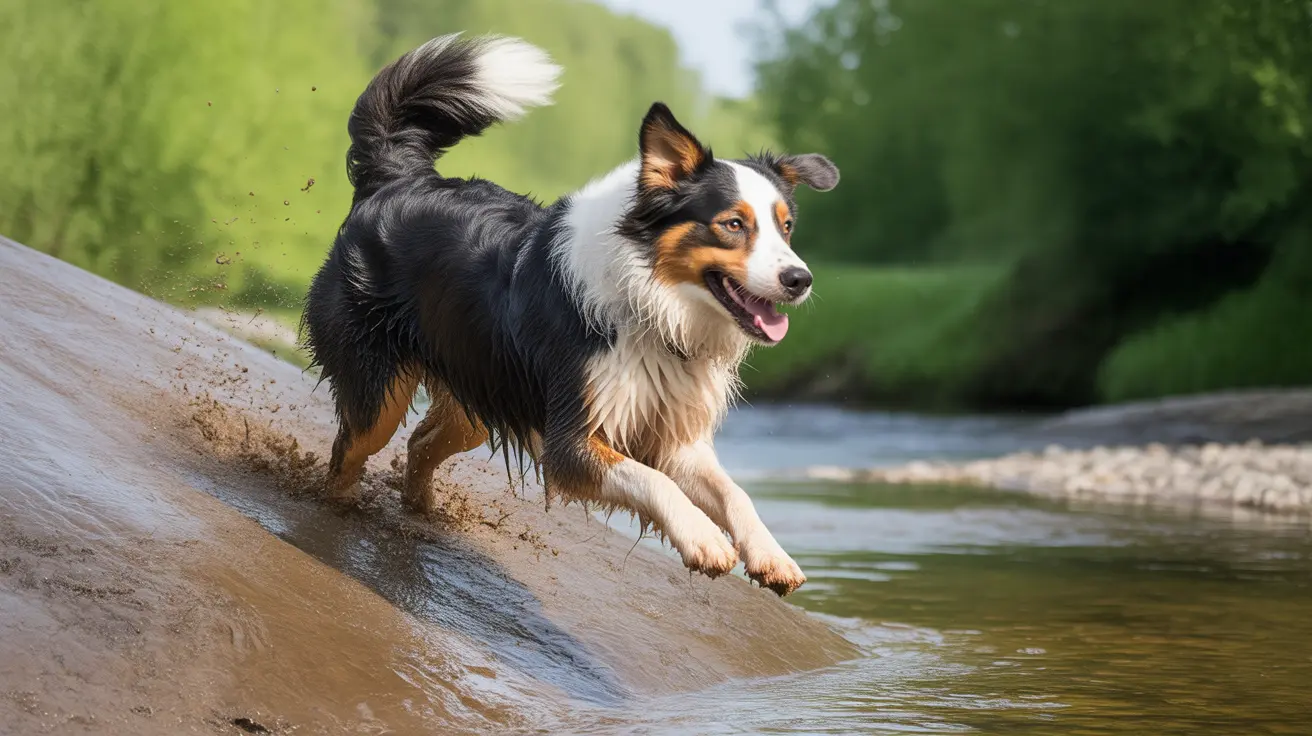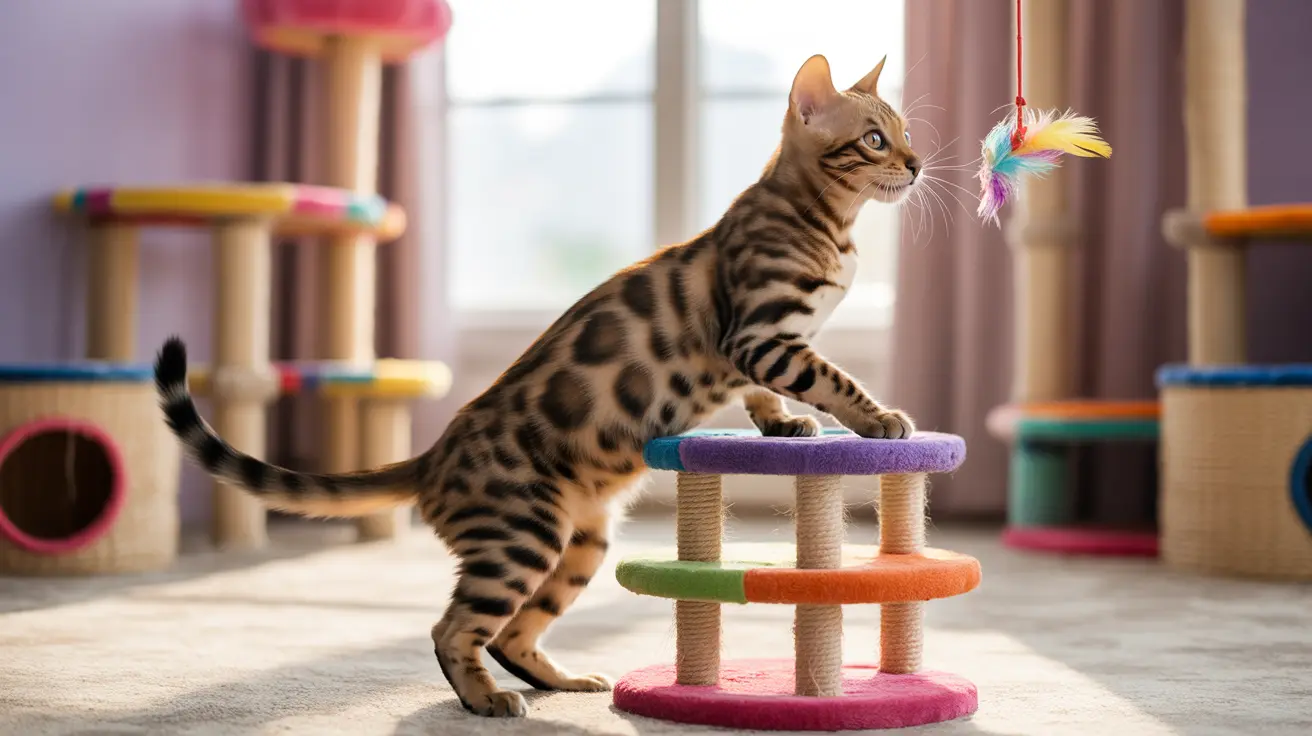Spaying your female dog is a common and responsible choice for pet owners, but the post-operative period requires careful attention and monitoring. Understanding the warning signs after spaying your dog can help ensure a smooth recovery and prevent potential complications. This comprehensive guide will help you distinguish between normal healing and concerning symptoms that may require immediate veterinary attention.
As your dog recovers from spay surgery, which typically takes 10-14 days, you'll need to be vigilant about monitoring their condition and providing appropriate care. Being able to recognize potential problems early can make the difference between a routine recovery and a medical emergency.
Normal Post-Operative Recovery Signs
Before diving into warning signs, it's important to understand what normal recovery looks like. In the first 24 hours after surgery, you can expect:
- Mild grogginess or sleepiness from anesthesia
- Slightly decreased appetite
- Minimal redness around the incision site
- Some shivering as the anesthesia wears off
- Light bruising around the surgical area
These symptoms should gradually improve within 48 hours after the procedure. Your dog should begin showing interest in food and become more alert as the effects of anesthesia subside.
Critical Warning Signs to Watch For
Incision Site Concerns
Monitor the surgical site daily for these warning signs:
- Excessive redness or swelling that worsens over time
- Discharge that appears yellow, green, or white
- Opening of the surgical wound
- Continuous bleeding or seepage
- Foul odor emanating from the incision
Behavioral Warning Signs
Pay attention to these concerning behavioral changes:
- Lethargy lasting more than 48 hours
- Complete loss of appetite beyond the first day
- Excessive whining or signs of severe pain
- Aggressive behavior when approaching the surgical area
- Difficulty urinating or defecating
Emergency Situations Requiring Immediate Care
Some complications require urgent veterinary attention. Seek emergency care if you notice:
- Exposed internal organs or tissue through the incision
- Severe swelling with a visible opening to the abdomen
- Persistent vomiting or diarrhea lasting over 24 hours
- Pale gums or collapse (indicating internal bleeding)
- High fever (above 102.5°F)
Recovery Management and Prevention
To promote proper healing and prevent complications:
- Use an E-collar to prevent licking of the incision site
- Restrict activity for 10-14 days post-surgery
- Keep the incision area clean and dry
- Maintain short, controlled leash walks only
- Follow all medication instructions precisely
- Avoid bathing until the incision is fully healed
Frequently Asked Questions
What are the warning signs of infection after spaying a dog that I should watch for?
Look for excessive redness, swelling, warmth around the incision site, yellow or green discharge, foul odor, or fever. These signs warrant immediate veterinary attention.
How long does it typically take for a dog to fully recover from spay surgery?
Most dogs recover within 10-14 days, though internal healing continues for several weeks. Complete return to normal activities usually occurs by 3-4 weeks post-surgery.
What are some common complications that can occur after spaying a dog, and how can I prevent them?
Common complications include infection, incision opening, and self-inflicted injury. Prevent these by using an E-collar, restricting activity, and following post-operative care instructions carefully.
What are the best ways to care for my dog's incision site after spaying to prevent infection?
Keep the area clean and dry, prevent licking or scratching, monitor daily for changes, and avoid bathing for at least 14 days. Never apply topical treatments unless prescribed by your veterinarian.
How can I manage my dog's activity level during the recovery period to ensure a smooth healing process?
Restrict exercise to short leash walks, prevent jumping or running, avoid stairs when possible, and keep your dog calm and quiet for at least 10-14 days post-surgery.
Remember, while spaying is a routine procedure, proper post-operative care is crucial for your dog's recovery. When in doubt about any symptoms or concerns, always consult with your veterinarian for professional guidance.






